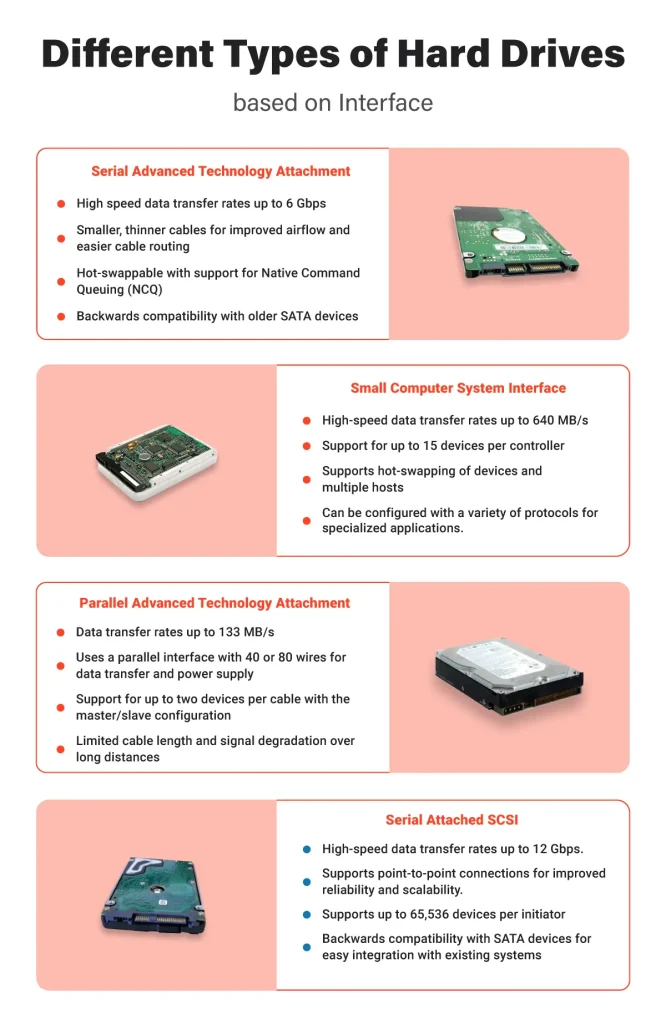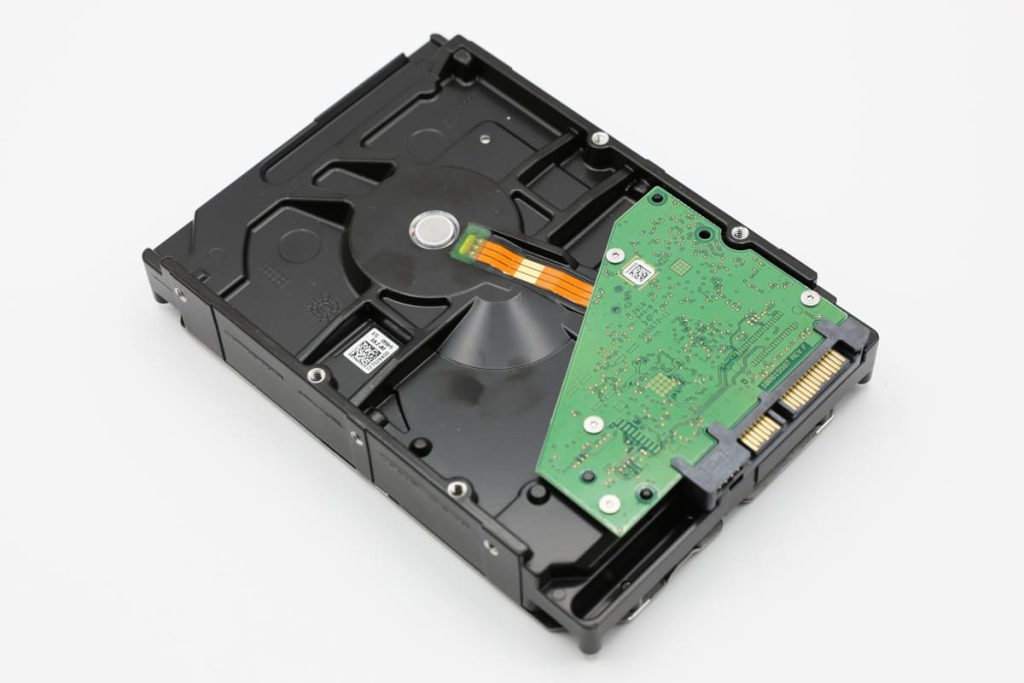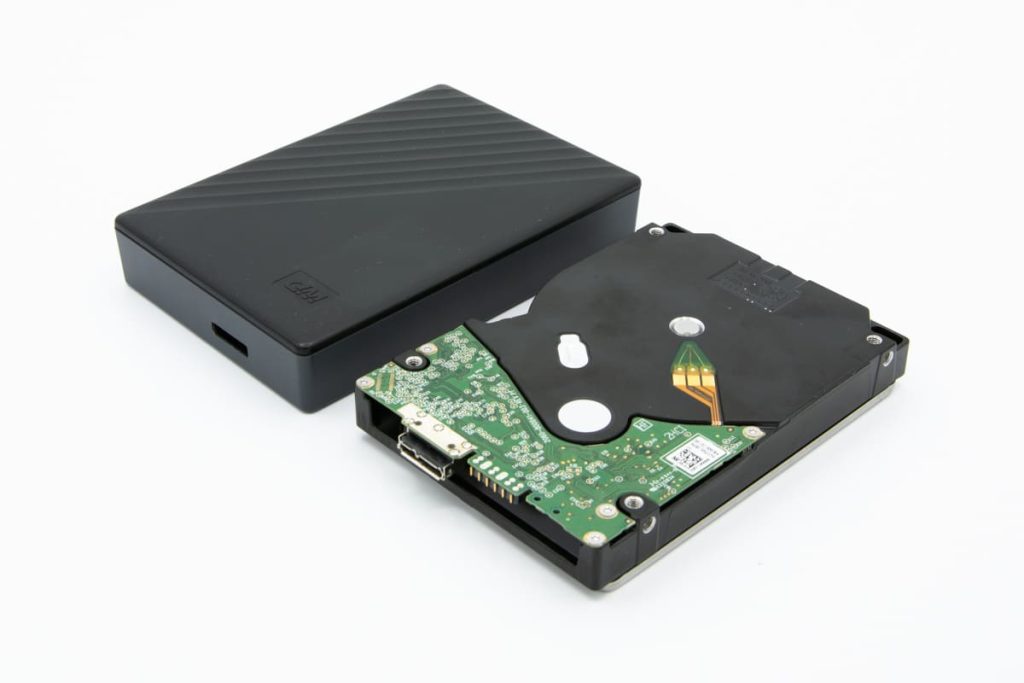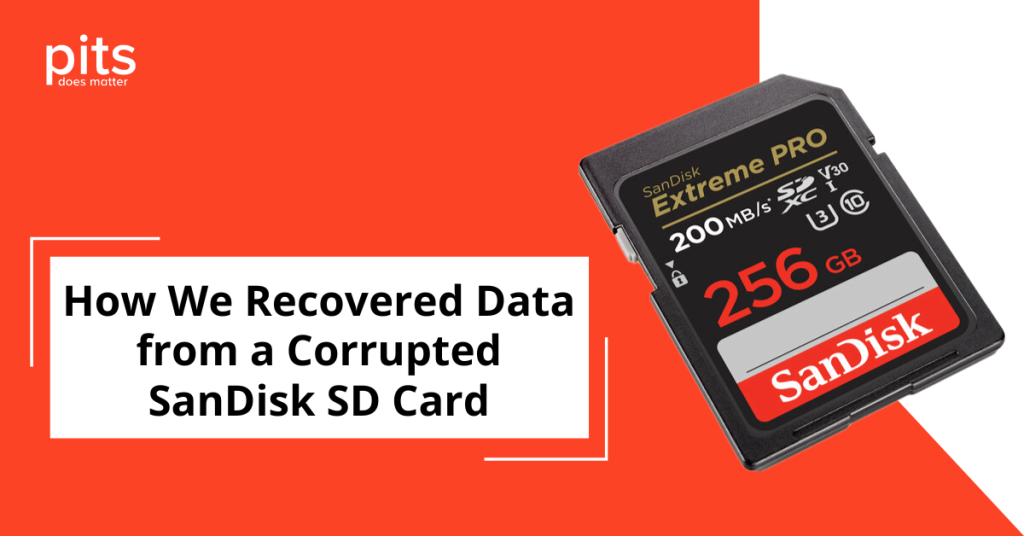In the contemporary digital era, our dependence on storage devices for data storage and access is of paramount significance. Hard drives represent a crucial constituent of contemporary computing systems, facilitating swift and effortless storage and retrieval of substantial data volumes.
Nonetheless, given the plethora of diverse hard drive options accessible, selecting the most suitable one can prove to be a daunting task. In the ensuing discourse, we shall delve into the various types of hard drives, guiding you in determining the optimal choice tailored to your specific requirements.

Categories of Hard Drives Based on Interface
Hard drives are available in various categories, categorised by the interface employed to connect them to a computer. Each category of hard drive provides distinct storage capacities, data transfer rates, and power consumption levels. Now, we shall explore the diverse types of hard drives based on their interfaces.
Serial ATA (SATA)
Serial ATA (SATA) represents a prevalent type of hard drive interface widely embraced in modern computer systems. SATA hard drives offer accelerated data transfer rates of up to 6 Gb/s, enabling faster data transmission when compared to earlier hard drive technologies like PATA.
This enhanced data transfer rate renders SATA hard drives highly suitable for tasks that necessitate swift access and transfer of substantial data, such as video editing or gaming. Furthermore, SATA hard drives are available in a range of storage capacities, granting them adaptability as a storage solution catering to varying user needs. Notably, SATA hard drives exhibit an advantage in their lower power consumption as opposed to PATA hard drives.
The Significance of SATA Hard Drives in Terms of Energy Efficiency, Reliability, and Heat Dissipation
SATA hard drives exhibit superior energy efficiency, resulting in reduced energy costs and extended battery life for portable devices. Additionally, the lower power consumption of SATA hard drives contributes to diminished heat generation, mitigating the potential risks associated with overheating and safeguarding the integrity of the hard drive components.

Moreover, SATA hard drives have earned a reputation for their remarkable reliability. By utilising a serial bus for data transfer, these drives incorporate fewer moving parts compared to their PATA counterparts, thereby lowering the likelihood of mechanical failure and significantly prolonging the hard drive’s lifespan.
Furthermore, SATA hard drives are thoughtfully designed with error-correction algorithms, which efficiently detect and rectify data transmission errors, further enhancing their overall reliability.
PATA (Parallel ATA)
PATA, or Parallel ATA, is a former type of hard drive interface that gained widespread usage during the 1990s and early 2000s. It employed a wide parallel bus to establish a connection with the computer’s motherboard. PATA hard drives were prevalent in computers before the rise of SATA, which later became the more popular and efficient choice.
Despite its once-considered advanced status, PATA technology has been surpassed by newer, more efficient alternatives. Its limitations in storage capacity and slower data transfer rates have rendered it less popular and ill-suited for contemporary computing demands.
Presently, PATA hard drives are not as commonplace, but they still find utility in some legacy systems or for data recovery purposes. In comparison to SATA drives, PATA hard drives exhibit slower data transfer rates and are typically constrained by smaller storage capacities.
While PATA hard drives attain a maximum data transfer rate of 133 MB/s, SATA drives can achieve rates of up to 600 MB/s or even higher. Moreover, PATA hard drives are restricted to a storage capacity of 137 GB, while SATA drives offer significantly greater data storage capabilities.
PATA cables, featuring 40 or 80 wires, are available in two sizes: 2.5 inches for connecting laptop hard drives and 3.5 inches for connecting desktop hard drives.
SCSI (Small Computer System Interface)
SCSI hard drives, belonging to the Small Computer System Interface, serve as a specific type of hard drive interface primarily deployed in high-performance servers and workstations. Renowned for their exceptional data transfer rates, SCSI hard drives prove ideal for applications demanding swift data access, such as video editing or server operations.
Though SCSI hard drives may incur higher costs compared to other types, their unparalleled performance and reliability make them a preferred choice within high-end computing environments.
SCSI hard drives exhibit a diverse range of storage capacities, with certain models offering storage space in the magnitude of several terabytes.
The substantial storage capacity of SCSI hard drives renders them well-suited for applications that demand efficient storage and rapid data access, such as media production, scientific computing, and database management. Nonetheless, it is noteworthy that SCSI hard drives do incur a drawback in terms of higher power consumption compared to their SATA counterparts.
As a consequence, SCSI hard drives necessitate greater power input, resulting in heightened heat generation, a concern that becomes particularly relevant in high-density server environments where spatial constraints and cooling can pose challenges. However, it is crucial to acknowledge that the increased power consumption represents a trade-off for the exceptional performance and reliability that SCSI hard drives consistently deliver.
SAS: for Enterprise-Level Servers
Serial Attached SCSI (SAS) is a high-performance hard drive interface extensively employed in enterprise-level servers and storage devices. An evolutionary improvement over the traditional SCSI interface, which has served high-performance applications for numerous decades, SAS hard drives adopt a point-to-point architecture, facilitating the connection of multiple devices to a single controller.
This architecture enables the configuration of high-performance storage systems adept at managing substantial data volumes. Moreover, SAS hard drives are engineered to exhibit enhanced reliability in comparison to their conventional SCSI counterparts, incorporating features such as error checking and correction, as well as advanced drive diagnostics.
Embracing a diverse range of storage capacities, SAS hard drives offer options spanning from a few hundred gigabytes to several terabytes. Available in various form factors, including 2.5-inch and 3.5-inch drives, SAS hard drives, though more expensive than their SATA counterparts, deliver superior performance and reliability, making them an optimal choice for demanding enterprise environments.
Types of Hard Drives Based on Usage
Internal Hard Drives: Inbuilt Computer Storage Solutions
An internal hard drive is a computer hard drive that is permanently installed within a desktop or laptop computer. Unlike external hard drives, it remains an integral and cost-effective component of the device. Internal hard drives exhibit varying sizes and capacities, accommodating storage needs spanning from a few hundred gigabytes to multiple terabytes.
Comprising several essential components, including disk platters, an actuator arm, and a read/write head, the internal hard drive operates by storing data on circular disk platters, while the actuator arm facilitates data access by positioning the read/write head over these disks.
The utility of internal hard drives lies in efficiently storing frequently accessed data, such as operating system files and programmes. Notably, they excel in terms of speed compared to external counterparts, benefiting from a direct connection to the computer motherboard. As a result, internal hard drives stand as reliable and swift in-built storage solutions within computing systems.
External Hard Drives
Conversely, an external hard drive is a portable storage device designed for connection to a personal computer via USB or Thunderbolt ports.
External hard drives offer a removable and portable storage solution, ideally suited for the storage and seamless transfer of substantial data volumes. Their utility extends to backing up critical files or facilitating seamless use across multiple computers.

Available in various sizes and capacities, external hard drives cater to a wide range of storage requirements, ranging from a few hundred gigabytes to multiple terabytes.
Furthermore, these drives can be formatted to support different file systems, accommodating preferences such as NTFS for Windows or Apple iOS for Macs. During the selection process, it is imperative to carefully consider factors like data transfer speeds, durability, and portability.
Certain external hard drives are engineered to be shock-resistant, ensuring enhanced ruggedness, while others boast encryption software to bolster data security. In this manner, external hard drives offer a flexible and reliable means of managing data for both personal and professional applications.
Concluding Assessment of Diverse Hard Drive Types
In summary, an array of hard drives exists, distinguished by their respective interfaces, storage capacities, and form factors. Among the prevalent types are PATA, SATA, SCSI, and SAS. PATA, an older technology, has receded from widespread usage in contemporary times, whereas SATA reigns as the ubiquitous interface for connecting hard drives to computer systems. In contrast, SCSI and SAS serve as sophisticated interface technologies tailored to high-end applications found in servers and workstations.
Moreover, hard drives are available in both internal and external variants, each showcasing distinctive advantages and limitations. Ascertaining the most suitable hard drive type entails a discerning consideration of specific use-case requirements.
When faced with the task of choosing a hard drive for your computer system, prudent deliberation must be given to crucial factors, including the interface, storage capacity, and form factor, all contingent upon your specific requirements. In addition to hardware specifications, the selection of an appropriate file system assumes vital significance, as it determines the organisational and storage approach for data on the hard drive.
Foremost among operating systems are the widely-used Microsoft Windows and Apple iOS, each adopting distinct file systems. Windows relies on the NTFS file system, while iOS opts for the APFS file system. Furthermore, file systems exert a pivotal influence on memory management, orchestrating the allocation and deallocation of memory space for diverse applications and processes.
In conclusion, comprehending the diverse hard drive types, contingent upon their interfaces stands as a critical prerequisite when seeking a suitable storage device for your computer system. The hard drive’s chosen type can significantly impact system performance, reliability, and storage capacity. By diligently considering hardware specifications and the pertinent file system, one can make an informed decision, securing the best-suited hard drive tailored to specific needs.
Data Retrieval Services by PITS: Ensuring the Recovery of Lost Data
Stored data within a hard drive may fall victim to inadvertent deletion, software malfunctions, or hardware breakdowns, resulting in loss or damage. In such critical instances, data recovery assumes paramount importance in salvaging the affected data from the hard drive. Thankfully, PITS extends its dedicated services, offering expert hard drive recovery solutions to aid you in retrieving your lost files.
Boasting adept technicians, employing advanced data recovery methodologies, and wielding state-of-the-art tools, PITS excels in the swift and effective retrieval of data from diverse hard drive types. You can rest assured, entrusting PITS with your data recovery needs for a prompt and efficient resolution.
Advantages of Opting for Our Services:
ISO Certified Class 10 Cleanroom
Our engineers work in a controlled environment to ensure the safety of your device. We recover data in ISO Certified Class 10 Cleanroom and achieve high results.
Risk-free Evaluation and Assessment
We start the process with a risk-free evaluation. Our technicians estimate the reasons for data loss and the level of damage. We select the most suitable strategy.
100% Customer Satisfaction Rate
With years in the data recovery industry, our company supports the highest customer satisfaction rate. We do everything to provide a positive experience for our clients.
24/7 Emergency Service Availability
So if you're facing a data loss situation, don't hesitate to contact us. Our 24/7 data recovery services are available 365 days a year. Let us help you recover your precious data today.
Certified Data Recovery Laboratories
So if you're facing a data loss situation, look no further. With our certified data recovery labs and 99% success rate, we are confident that we can recover your precious data and get you back on track.
Data Recovery Services Worldwide
PITS is a leading global recovery service provider specializing in retrieving data from various storage devices. With a widespread network of locations, we offer reliable solutions to clients worldwide.
To initiate a case with our adept engineers at PITS Global Data Recovery Services, simply complete the provided form, and a representative will promptly get in touch with you. We assure you of satisfactory outcomes for your case through our reliable and proficient services.


